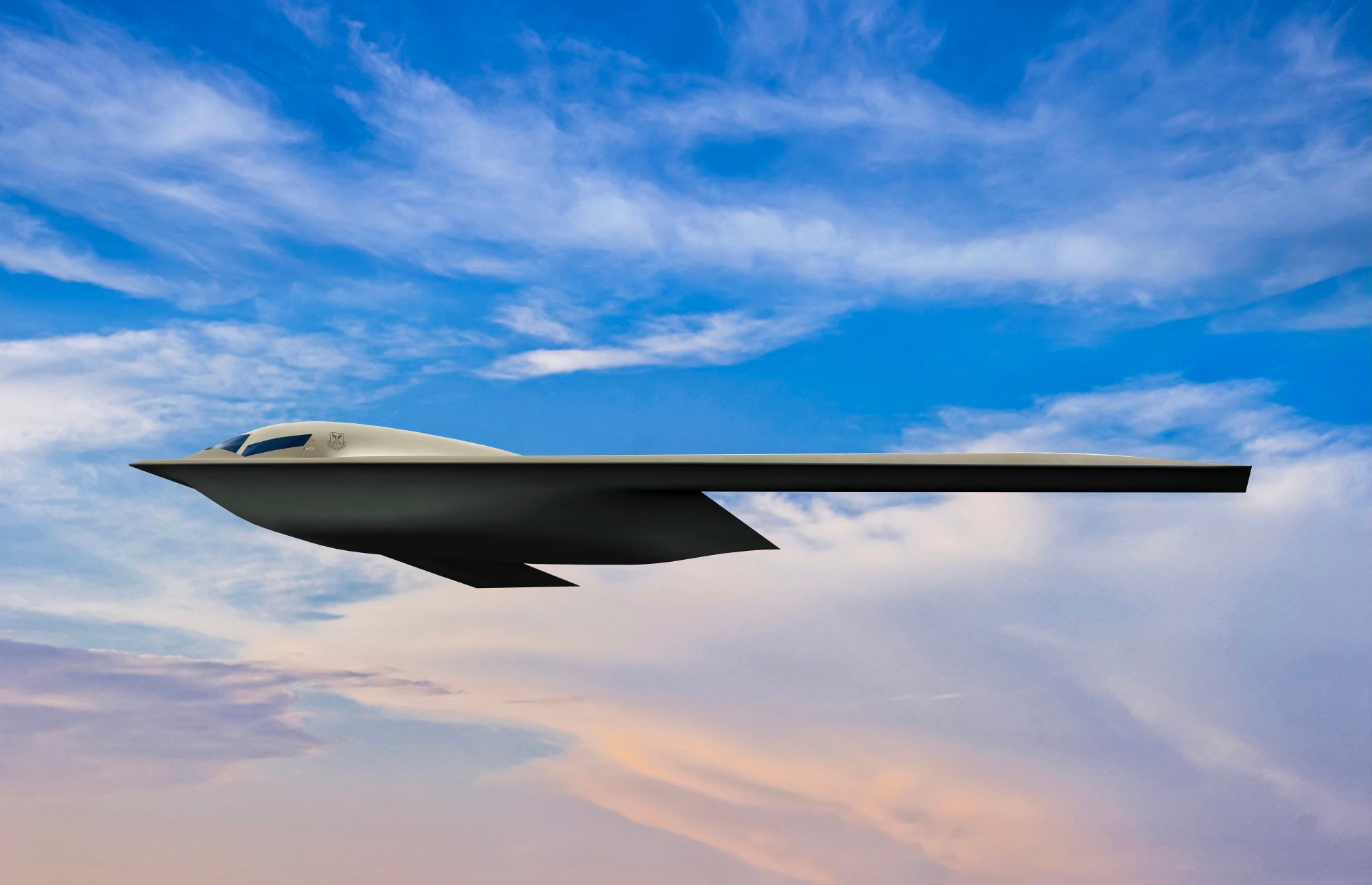
B-21 bomber will cut US response time against China but can’t hide from PLA: military experts
- Northrop Grumman says its advanced strategic bomber, the B-21 Raider, will be rolled out on December 2
- B-21 ‘will pose new threats and challenges to China’s national defence’, retired PLA general says
The B-21, the world’s first sixth-generation aircraft, would be rolled out on December 2, its manufacturer, Northrop Grumman, announced on Thursday. It would be the first public unveiling of a new US Air Force bomber since the B-2 Spirit’s debut in 1988.
Designed to be long range, highly survivable and capable of carrying a mix of conventional and nuclear ordnance, the B-21 Raider could penetrate the toughest defences to deliver precision strikes “anywhere in the world”, according to its manufacturer.

Fu said that compared with the B-2 bomber, the B-21 will have a smaller combat radius and weapons capacity before having to refuel.
But he said it could be based in East Asia, particularly at US military airports along the first island chain that runs from the Japanese archipelago through the northwest Philippines to Borneo.
“This is to strengthen its quick reaction and frontier-strike capabilities,” he said.
However, Fu said it would be difficult for the B-21 to penetrate China’s defences because it would be intercepted by long-range missiles after being detected.
A report by Popular Mechanics last year said B-21 Raiders could fly under the nose of Chinese S-400 air defence systems and sow the Taiwan Strait with Quickstrike mines.
But Fu said that would amount to a suicide mission.
The US bomber could be detected by PLA patrols around the self-ruled island and radar, Fu said.
“Planting mines is equal to combat operation. Can [the B-21] survive after mining in the Taiwan Strait? Even if it operated and went back to the bases in the first island chain, the PLA has the capability to strike those airports within our range,” he said.
At least 100 of the bombers will enter service with the US Air Force, although the B-21 is not expected to make its first flight until next year and will not enter service before 2030.
The B-21, along with the upgraded version of the 60-year-old B-52, would become the main US air fleets in the future, Fu said.
B-2 bomber’s missile upgrade ‘could threaten’ PLA warships: military analyst
Song Zhongping, a military commentator based in Hong Kong, agreed it would not be easy for the B-21 to avoid detection by China’s military because “the PLA is also constantly developing anti-stealth capabilities, and there are also a variety of anti-stealth radars”.
“The United States overestimated the B-21’s capability, and underestimated the anti-stealth capability of China and Russia,” Song said.
Yue Gang, retired PLA colonel, said the new-generation bomber could potentially “command unmanned aircraft in a network-centric warfare”.
The B-21, which integrated the functions of an early-warning aircraft, a bomber and an electronic fighter, could have a leading role in swarming tactics, Yue said.
“The B-21 could lead many weapons to achieve the effect of intensive ‘penetration attack’, with a wide range of attack targets and various attack methods, demonstrating the power of network-centric warfare,” Yue said.
“[It] will pose new threats and challenges to China’s national defence.”


